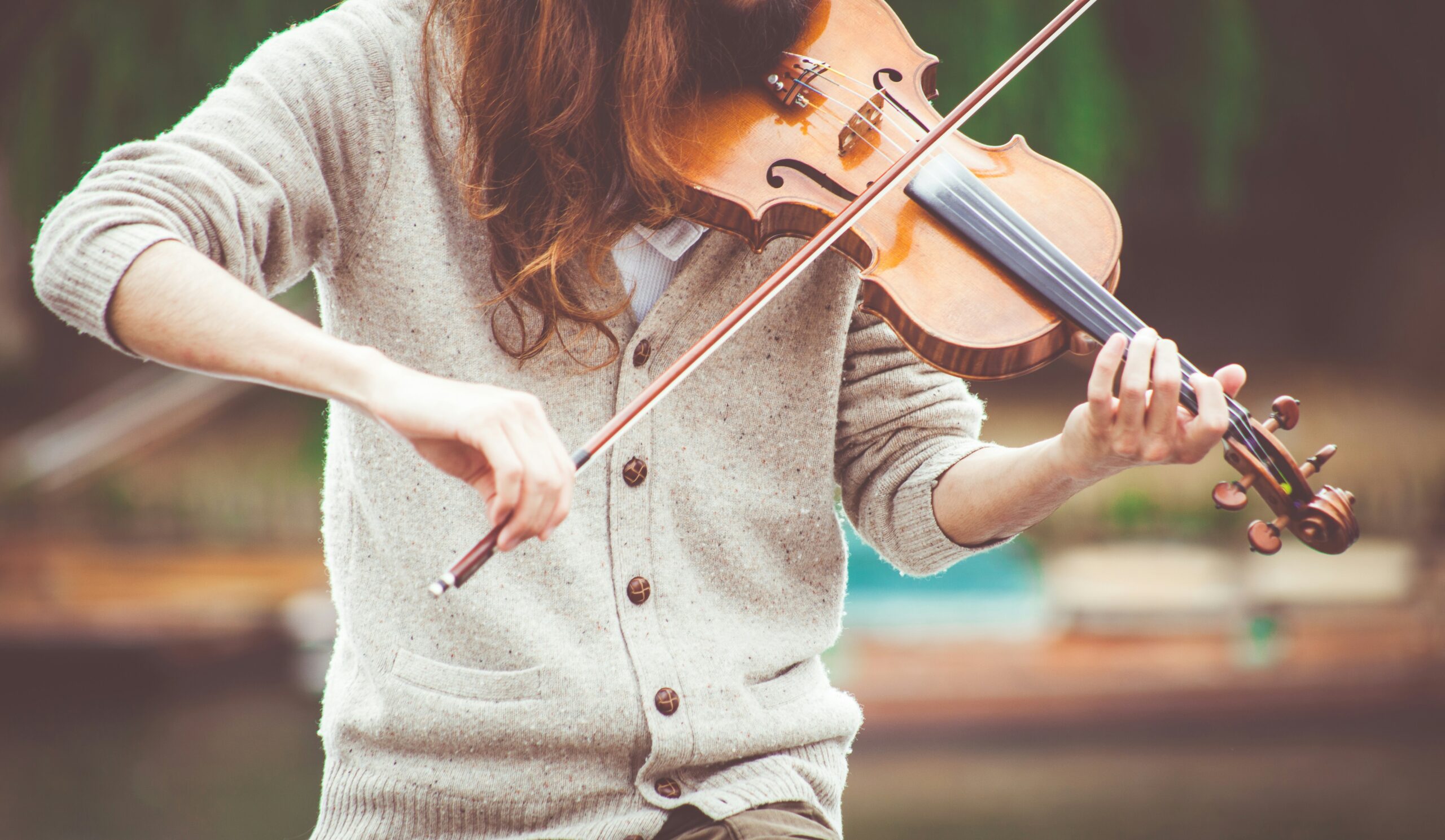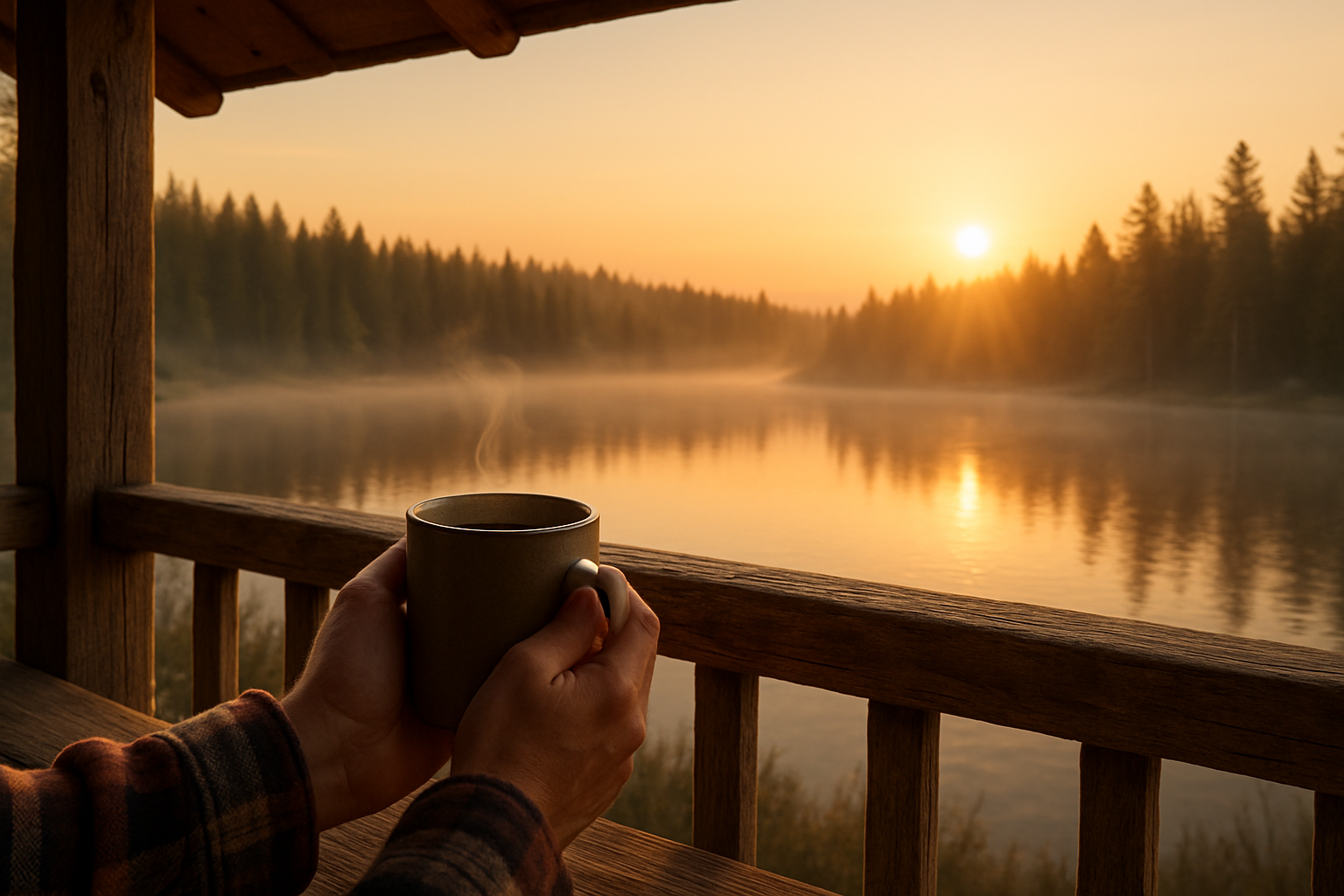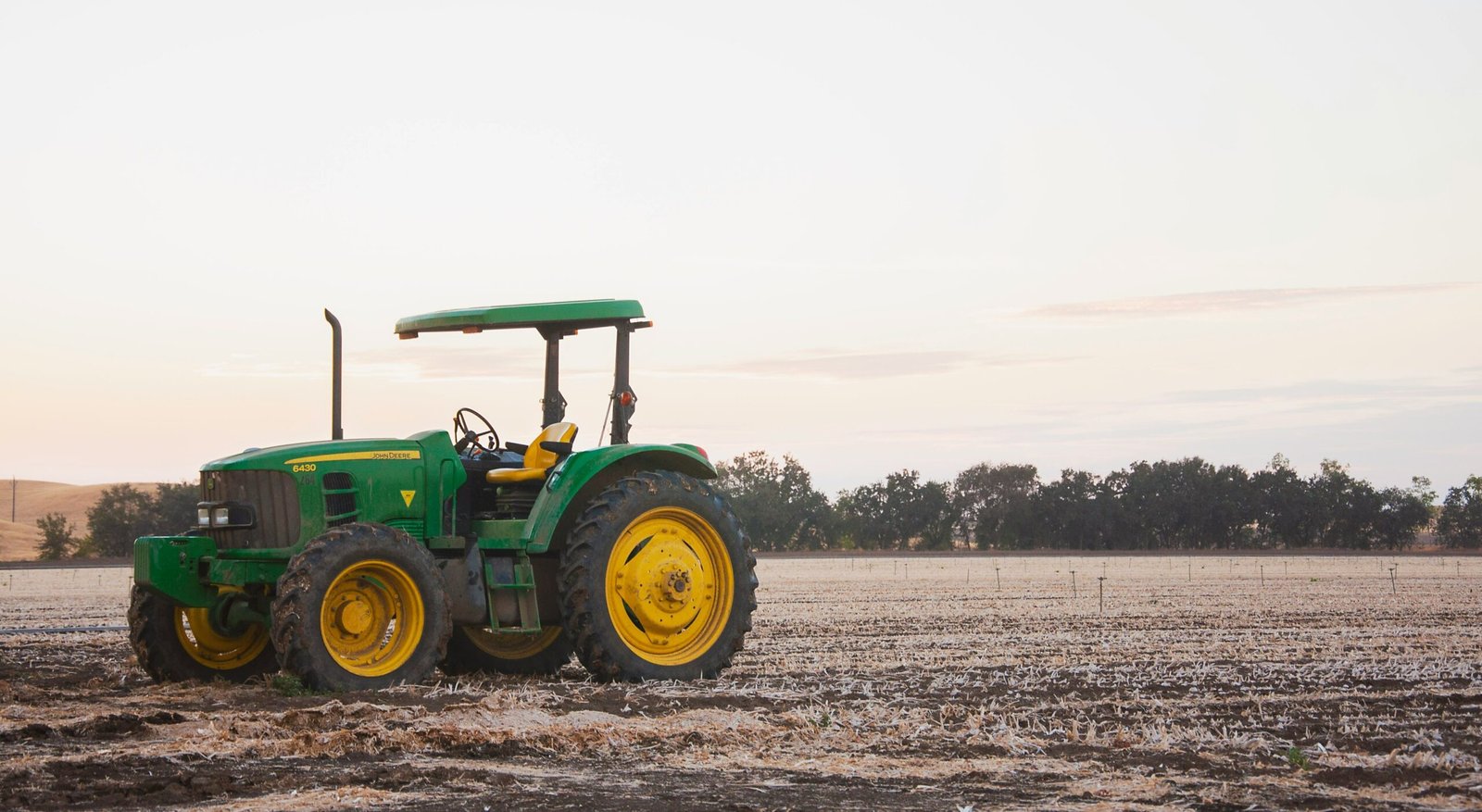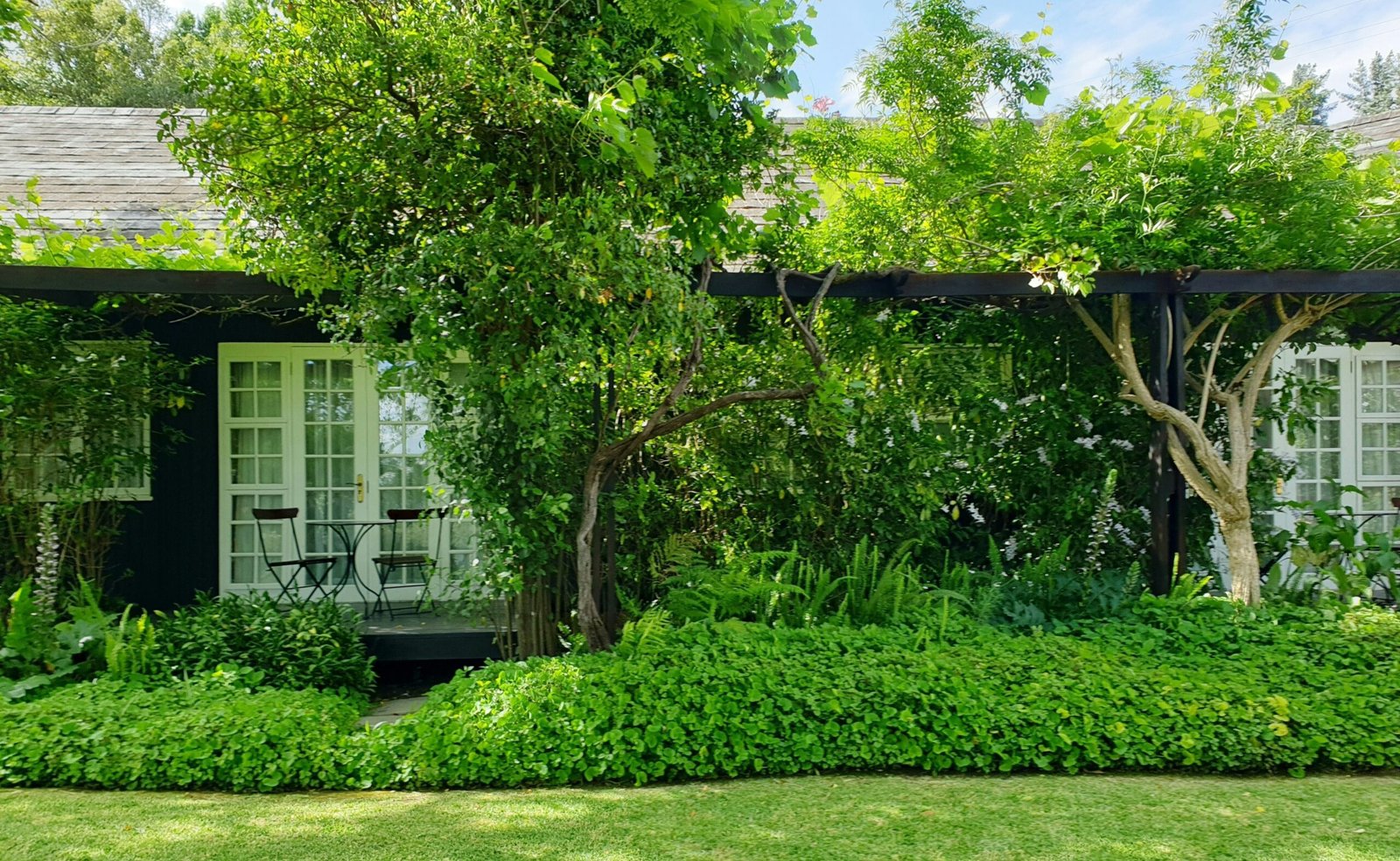There's something magical about making music surrounded by nature. Whether you're playing by a campfire, serenading the sunrise from a mountain vista, or entertaining your hunting camp, bringing your violin into the wilderness adds a unique dimension to outdoor adventures. But playing outdoors comes with challenges you won't face in a cozy living room. Here's how to make it work.
1. Choose a Durable, Weather-Appropriate Instrument
Your concert-grade violin probably shouldn't come on a backpacking trip. Consider investing in a more rugged instrument for outdoor use—carbon fiber violins are incredibly durable and handle temperature and humidity changes far better than traditional wooden instruments. They're not cheap, but they won't crack if the weather shifts or you're playing in less-than-ideal conditions. Save your precious wood instrument for indoor performances.
2. Protect Your Instrument with a Quality Case
This is non-negotiable when you're taking your violin into the wild. Temperature swings, humidity, dust, and the inevitable bumps of outdoor life can damage even the toughest instrument. Invest in a high-quality protective case that can withstand the rigors of travel and outdoor conditions. Look for cases with weather-resistant exteriors, proper padding, and secure closures. Your violin case is just as important as your hunting rifle case—it protects a valuable tool of your craft.
3. Master Quick Setup and Breakdown
When you're outdoors, you need to be efficient. Practice setting up and tuning quickly so you can make the most of golden hour light or those perfect calm evening moments.
Keep your rosin, spare strings, and tuner in an easily accessible pocket of your case. The faster you can get playing, the more you'll actually play—and the less your camping buddies will get impatient waiting for the entertainment to start.
4. Account for Weather and Altitude
Temperature and humidity affect tuning dramatically. In dry mountain air or humid coastal environments, your violin will respond differently than at home. Expect to tune more frequently, and understand that your strings might feel looser or tighter depending on conditions.
At higher altitudes, the air is thinner and dryer, which can affect both your instrument and your playing. Bring a small hygrometer to monitor humidity levels and use a case humidifier if you're in particularly dry conditions.
5. Choose Repertoire That Fits the Setting
Save the complex Paganini caprices for the concert hall. Outdoors, go for folk tunes, simple melodies, and songs that resonate with your surroundings. Think fiddle tunes around the campfire, ballads at sunset, or morning hymns with your coffee.
Music that tells stories or evokes the landscape will connect more deeply with your outdoor experience. Plus, simpler pieces are easier to play from memory when you don't want to deal with sheet music blowing in the wind.
Country music translates beautifully to violin, and many hunting and fishing playlist favorites have memorable fiddle parts you can learn and play. Songs about wide-open spaces, back roads, and the outdoor life just hit different when you're actually sitting in those places. Learn a few crowd-pleasers and you'll always have something to play that resonates with your fellow outdoor enthusiasts.
6. Consider Amplification for Larger Groups
The great outdoors can swallow up your sound. If you're playing for a group at hunting camp or a gathering, a small portable amplifier designed for acoustic instruments can make a huge difference. Battery-powered options exist that are lightweight enough for camping. Alternatively, position yourself strategically—playing with your back to a rock face or large tree can help project your sound naturally.
When you're playing around the campfire, you might want to complement your violin with some vocals or let others sing along. Having a repertoire that includes beloved country classics everyone knows means your camp mates can join in, creating those memorable moments that make outdoor adventures special. There's nothing quite like a group singalong under the stars with live fiddle accompaniment.
7. Be Mindful of Wildlife and Leave No Trace
Remember, you're a guest in nature. While music can be beautiful, loud playing might disturb wildlife, especially during sensitive times like nesting season or hunting periods. Be respectful of other outdoor enthusiasts who might be seeking quiet. And always pack out everything you bring in—that includes broken strings, rosin dust, and anything else. We protect what we love, and that includes both our instruments and our wild places.
Final Thoughts
Bringing music into your outdoor adventures is a deeply personal experience. There's something profound about creating beauty in wild places—it connects us to both our creative spirit and the natural world in ways few other activities can. Whether you're a seasoned player or still working on your scales, don't be afraid to pack your violin on your next adventure. The mountains, forests, and wide-open spaces deserve a soundtrack, and you might just discover that outdoor playing enriches both your music and your connection to nature.




